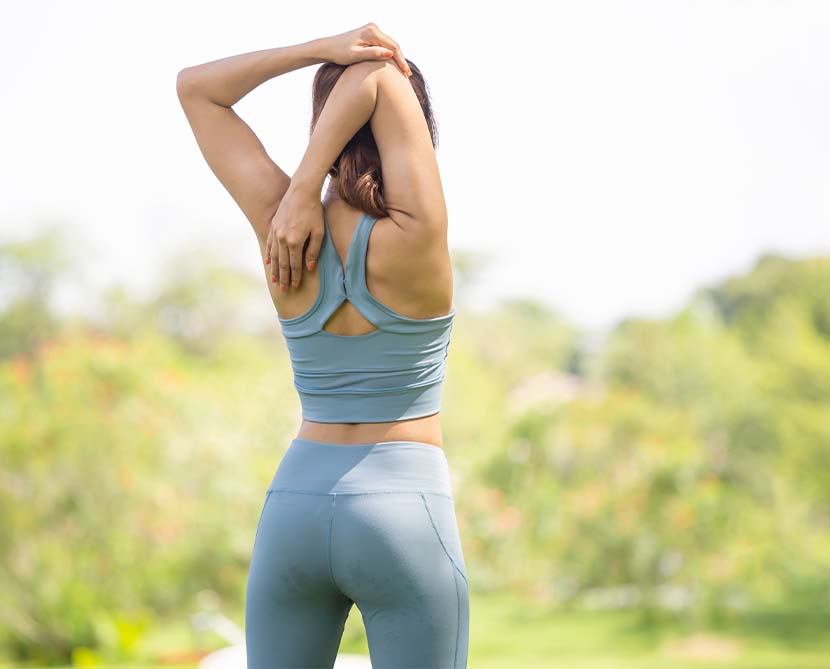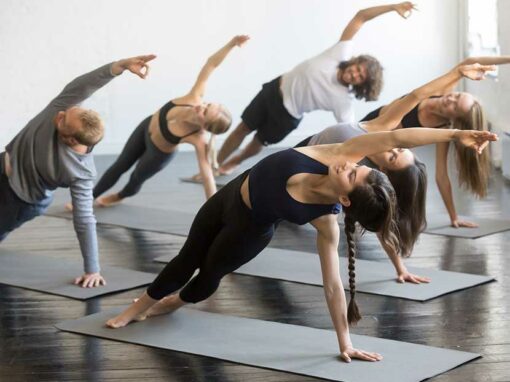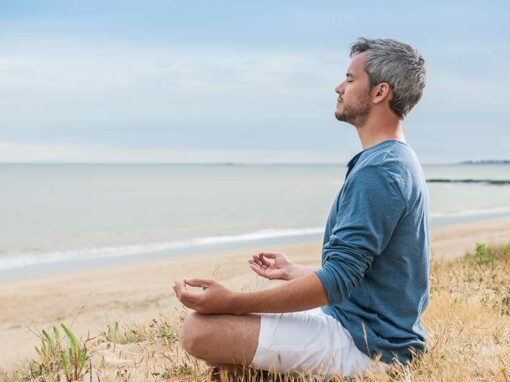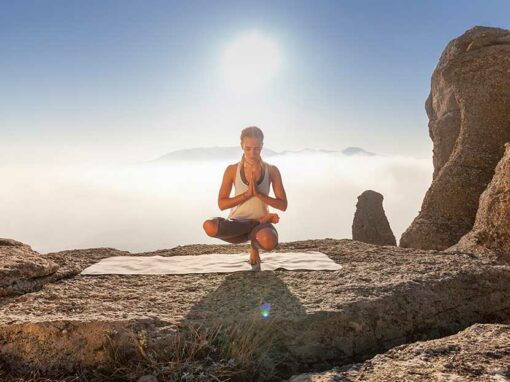Have you ever wondered why every workout session starts and finishes with stretching? While there are a lot of reasons for this, stretching warms up your muscles properly.
It ensures that you don’t hurt yourself while exercising and have an appropriate recovery. However, one of the most important aspects of stretching is that it improves flexibility.
Simply, by doing a series of stretches each day, your body will start feeling more “rubbery” even if you don’t work out regularly.
Since yoga is based on stretching, you can already imagine how it can improve flexibility.
That’s why so many experienced yogis are able to twist their bodies in unimaginable ways! With that in mind, if you’re wondering how to improve flexibility, stretching is the way to go!
By doing it consistently, soon enough, you’ll be able to reach the tips of your toes without even breaking a sweat. Still, being “bendy” isn’t the only benefit of regular flexibility exercises.
In fact, there’s a whole world of them that will improve your overall well-being, not just your yoga sessions.
For that reason, in this blog, we’ll show you how to improve flexibility with yoga. We will even include some exercises so you know where to begin!
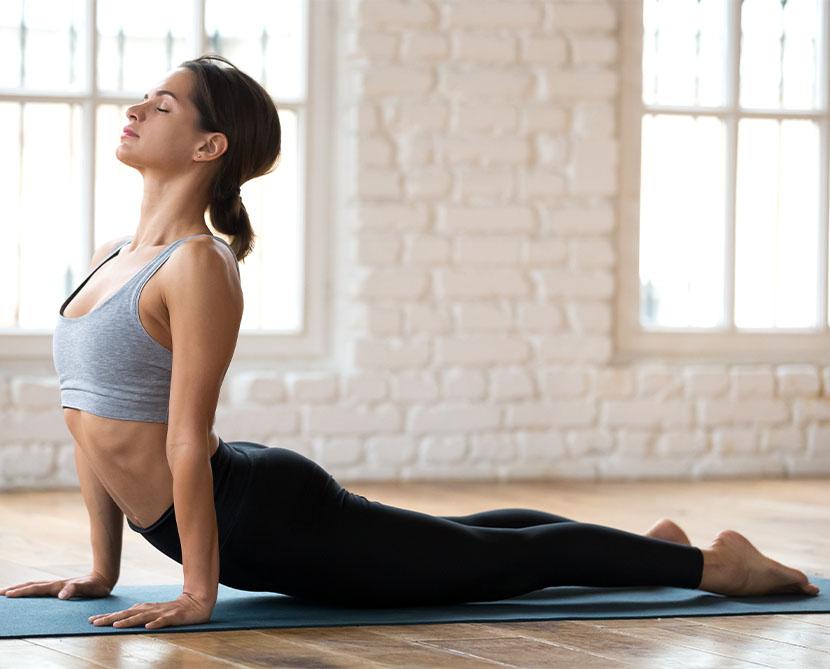
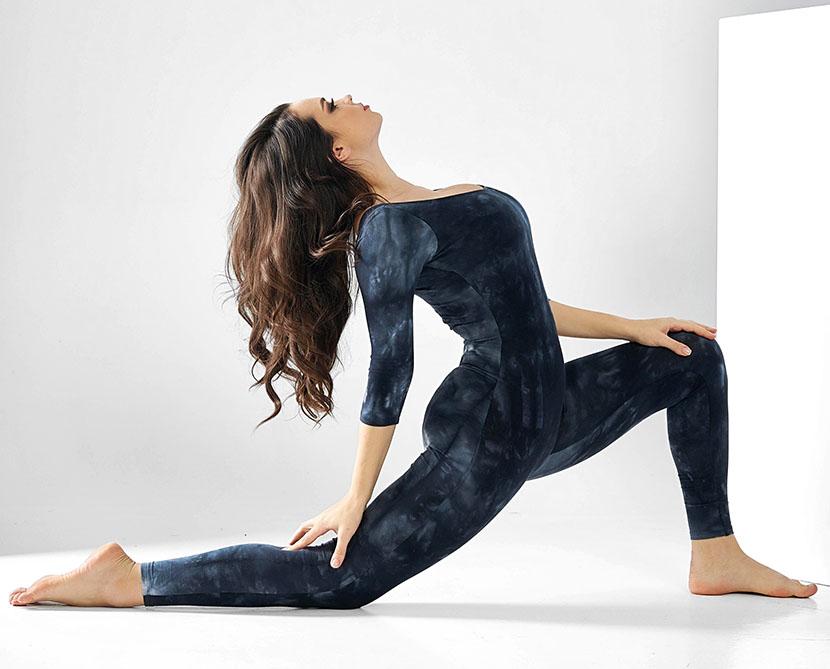
Why Is Stretching Important?
As previously mentioned, stretching boosts flexibility, thus improving your range of motion.
With that, you’ll be able to do yoga poses more easily, and with continuous practice, you can attempt to do new ones as well.
For instance, beginner yogis have trouble doing standing hamstring stretches as their arms can only reach the knees.
But as they practice this flexibility exercise regularly, they’ll be able to reach their ankles and finally reach the floor without any discomfort – that’s the goal, after all!
When And For How Long Should You Hold A Stretch?
The best time to do stretches for flexibility is as soon as you wake up or before you start your yoga session.
Like poses, they shouldn’t be rushed, meaning there needs to be an established flow, moving from one exercise to another.
Remember though: you must always stretch once you finish your sessions. Skipping out on stretching can lead to muscle tears and more-than-usual soreness.
As for the duration of the flexibility exercises, there’s no answer set in stone since all of them have varying times.
Static stretches, for example, are held from 45 seconds up to a minute. In the meantime, the more dynamic ones are much shorter.
However, you should pay close attention to the alignment of your body.
If the stretch starts to cause discomfort, you’re either giving your muscles more strain than you should or have held it for too long.
As a rule of thumb, just listen to your body – if it’s telling you that you’re pushing yourself too hard, stop and move to another exercise.
Finally, a lot of beginner yogis are wondering how long it takes to improve flexibility. Just like the duration of the stretches, there is no concrete answer here as well since it all depends on your physical level.
But even if someone is able to “bend” more, that doesn’t mean that you should stop!
On the contrary, only with continued practice will you be able to improve flexibility. So, make sure not to skip a day!
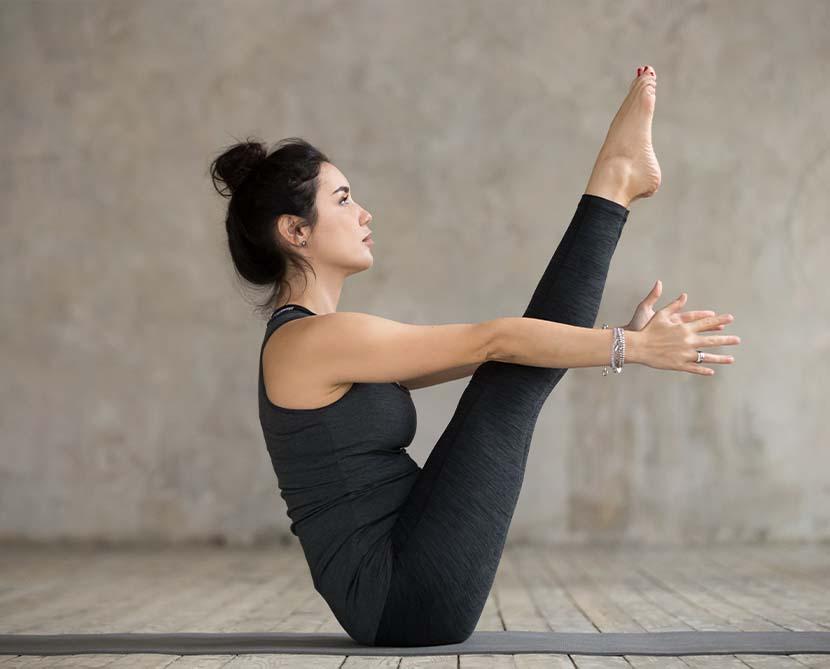
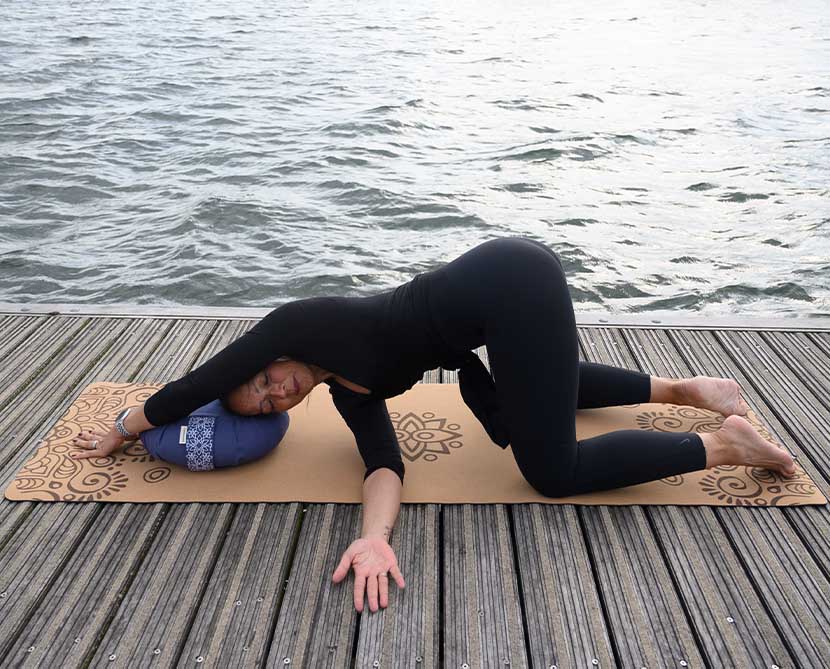
Can You Use Props To Help You Improve Flexibility?
Absolutely! Of course, not all of us are able to stretch equally; therefore, you’re more than welcome to use props!
For one, a yoga mat is a must – doing stretches on the hard floor is just an invitation for discomfort.
Additionally, you can also use a cushion for support, especially if you’re doing seated static flexibility exercises.
Lastly, blocks can be incredibly beneficial for stability since some poses, like the lunge with the spinal twist, require you to be stable like a tree.
Again, you’ll see for yourself where you need assistance, so don’t hesitate to get yourself some props.
Our store already has a wide selection of them, all of which will provide the help you need!
Benefits Of Stretching
You already know by now that doing yoga will greatly improve flexibility, but that’s not the only thing!
In addition to the increase in athletic performance, you’ll decrease the chances of injury and reduce recovery time.
Moreover, your joints will work in full motion, and your blood flow will also experience an increase as well!
By continuing to do flexibility exercises regularly, you’ll see that you’ll be able to do daily tasks more easily simply because your body won’t feel as stiff.
With that in mind, there is no reason why you shouldn’t do stretches, especially because they can be done at any point during the day – wherever you are!
Stretches To Improve Flexibility
To help you jumpstart your journey towards improved flexibility, we have selected a few exercises that are well-suited for beginners.
Remember to focus on your form and your breathing – if you feel any kind of strain, know that adjustments are in order.
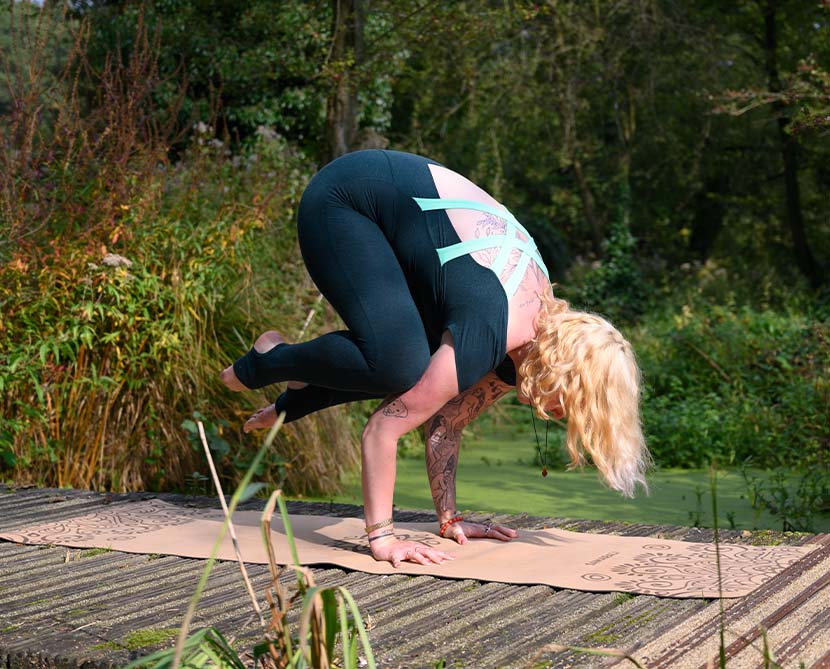
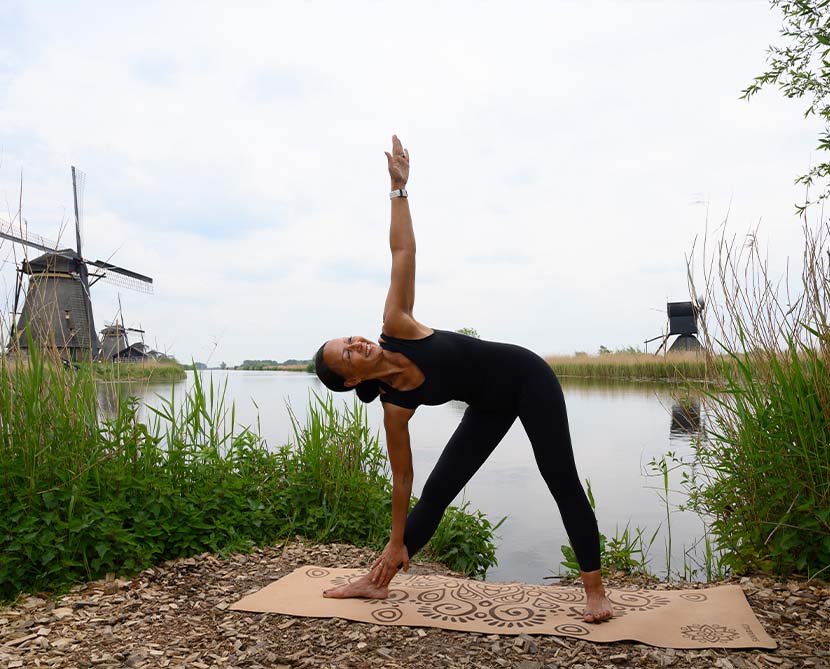
1. Standing Hamstring Stretch
Begin by standing tall with your feet at hip-width and your knees slightly bent.
Then, start reaching down, up to the point where you don’t feel discomfort in the hamstrings.
Once you’ve found the suitable position, hold it anywhere from 45 seconds up to 2 minutes. Go back to the center once you’re done.
2. Lunge With A Spinal Twist
Known as the world’s greatest stretch, start by taking a big step forward with either leg, coming to a staggered stance.
Next, drop the knee of your other leg down to the floor, feeling a stretch in the thigh.
Place one hand on the floor (you can use blocks for better stability) and twist your entire body, with your other arm reaching up into the sky.
Afterward, do the same process only with a different leg/arm.
3. Tricep Stretch
In a kneeling position, bend your right elbow with the palm reaching the middle of your upper back.
Then, with your left arm, grasp the right elbow and slowly push it down. Hold each position for about 45 seconds and then switch.
As you can see, yoga is the way to go if you want to improve flexibility.
Remember to do it regularly. As a result, you’ll be able to do even the most complicated yoga poses.
Head on over to our shop to check out some props and read the rest of our blogs!
